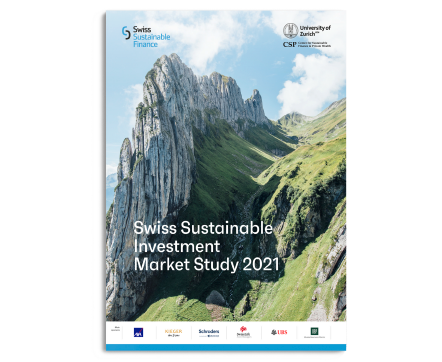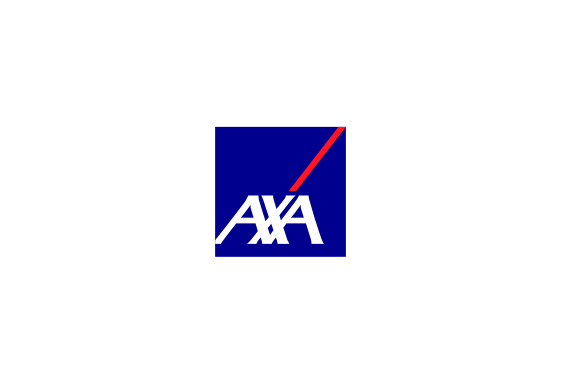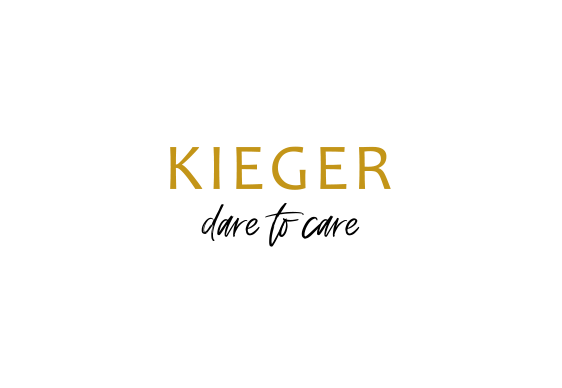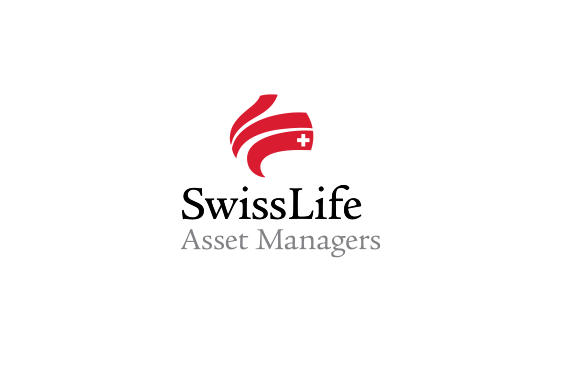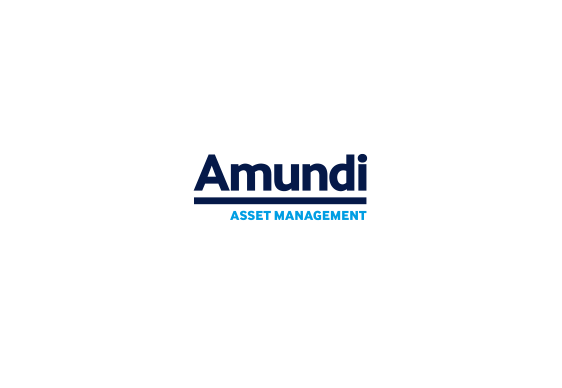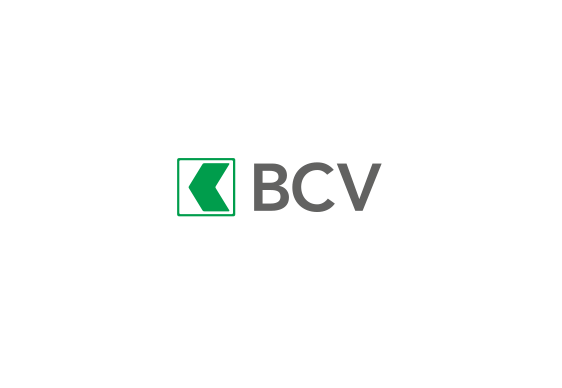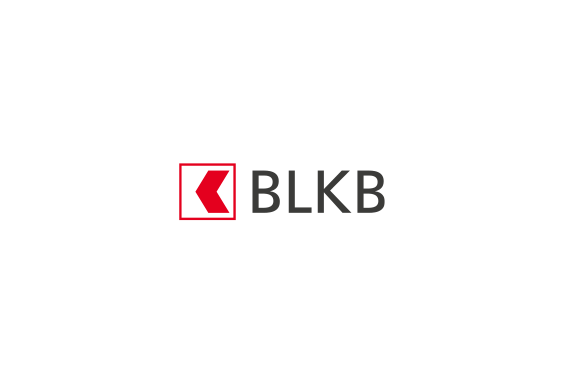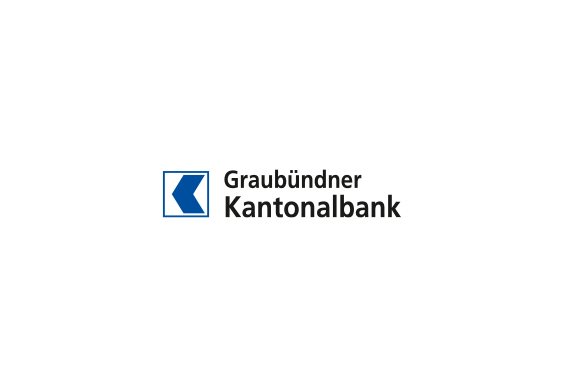Preface
This fourth Swiss Sustainable Investment Market Study, jointly prepared by Swiss Sustainable Finance (SSF) and the Center for Sustainable Finance and Private Wealth at the University of Zurich, once again confirms the unceasing mainstreaming of sustainable investments in Switzerland.
The Federal Council has stressed the Swiss financial centre’s important role on the path to sustainable development in its report on sustainable finance published last summer and ever since has announced concrete actions. Along with louder calls from both private and institutional clients, this has moved sustainable investments higher on the agenda of Swiss financial players. As a result, for the first time, over 50% of the assets of all investment funds managed in Switzerland apply one or more of the sustainability approaches covered in this survey.
With a total of 83 respondents, among them many of the large asset managers and asset owners, the study gives a fair overview of the Swiss sustainable investment market. This year’s survey again looked at combinations of sustainable investment approaches prevalent in the market. It is encouraging to see that a growing number of investors combine three or more approaches for a credible and effective sustainable investment strategy. The next step is for actors in the Swiss market to reach an agreement on the classification of different levels of sustainable investments, and the SSF market data provides a key foundation for such discussions.
Building on the strong support of the growing SSF community, we are convinced that sustainability will become a core element of the Swiss financial market.

Jean-Daniel Gerber
Präsident SSF

Sabine Döbeli
CEO SSF
![]() Download report (full version) below
Download report (full version) below
Executive Summary
Sustainable investment funds overtake conventional funds
Development of sustainable investments in Switzerland
(in CHF billion)
Total sustainable investment volume now at CHF 1,520.2 billion (+31% compared to 2019)
The notion of impact is catching on
In last year’s report, we highlighted that the market for SI products is entering a third era, a development that has been termed Sustainable Finance 3.0. With ESG now broadly integrated into financial markets, a shift in orientation towards impacts is required and, as the results of this year’s report demonstrate, the market is catching up accordingly. We see clear evidence of investors increasingly establishing a more impact-oriented focus: while all of the SI approaches grew in volume in 2020, the ESG engagement approach is now ranked second, up from third place last year. The category of impact investments still shows the highest growth rate of all SI approaches, at 70%. Furthermore, the fact that investors are increasingly adopting the notion of impact also becomes obvious when considering the actions that they take once norms violations are detected in investee firms. Previously, the most prominent action was to exclude the company from the investment universe. In 2020 the most common action for both asset managers and asset owners was to initiate engagement with the affected firm. This is good news, since such an active approach can contribute to changing behaviour, whereas a pure divestment strategy is often criticised for having minimal effect.
Development of sustainable investments aproaches
(in CHF billion) (n=76)
Investment practices become more sophisticated
For the second time, this year’s report looks at common combinations of SI to gain a better picture of the nature and quality of reported volumes. One clear pattern emerges in comparison to 2019: investment practices are becoming more sophisticated. Overall, 87% of the total SI volumes now apply combinations of two or more SI approaches, compared to 83 % last year. The volumes combining five or more approaches increased from 9% to 14%. The volumes applying four approaches simultaneously now stands at 32%, up from 25% in 2019. And there is more good news: ESG engagement – a potentially very effective strategy from an impact point of view – is very common in the top combinations of SI approaches.
Number of approaches applied
(in %) (n=70)
Importance of asset classes remains stable
The asset allocation distribution for SI has barely changed compared to 2019. Equity still ranks first, with about a third of all volumes, followed by corporate bonds at roughly a quarter of all investments. While this picture reflects overall asset class allocation, at the same time it shows that SI solutions are now being applied to all relevant asset classes.
Asset class distribution for sustainable investment
(in %) (n=68)
Climate change: a dominant theme
Several results of the survey confirm that climate change is the dominant theme within SI. First, climate change risk management and reporting ranks first among all ESG engagement themes. Second, activities in the coal industry are now the highest ranked exclusion criteria for the definition of investment universes. Third, clean energy remains the top Sustainable Development Goal (SDG) that asset managers look to address with their financial products.
Main ESG engagement themes
(in average level of importance) (n=56)
Applied exclusion criteria for companies
(in CHF billion) (n=54)
Third-party certification more relevant
While in 2019 only 6 % of the reported SI were subject to third-party certified labels, this year’s result shows that asset managers now use third-party certified labels (e.g. FNG-Label, GRESB, Label ISR, LuxFlag) for 32% of their SI volumes. This is an interesting outcome, highlighting the increasing relevance of third-party certification as a means of transparency and reliability.
Labelling of sustainable funds by asset managers (2020)
(in CHF billion) (n=42)
Private clients keep gaining market shares
Similar to the trend in previous years, both private and institutional investors increased their SI volumes in absolute terms. While institutional investors still play the dominant role in the SI field, the private segment is again gradually catching up: whereas the SI volumes of institutional investors increased by 20%, the volumes of private investors shot up by 72%.
Development of private and institutional sustainable investments
(in CHF billion) (n=77)
Sustainable investments as a key lever
It is encouraging to see such strong growth in the sustainable sphere in Switzerland. We conclude that the growth observed is primarily market-driven and based on rising demand from private and institutional clients. Secondly, legal developments in the EU may have a potential spill-over effect. Given this strong growth, it is undoubtedly essential to create more transparency on the level of sustainability and intended impacts – a task being tackled on both the market and governmental level. The combination of these two trends, namely market-driven growth and working towards more transparency, gives us confidence that the move towards a fully sustainable financial system is well under way.

